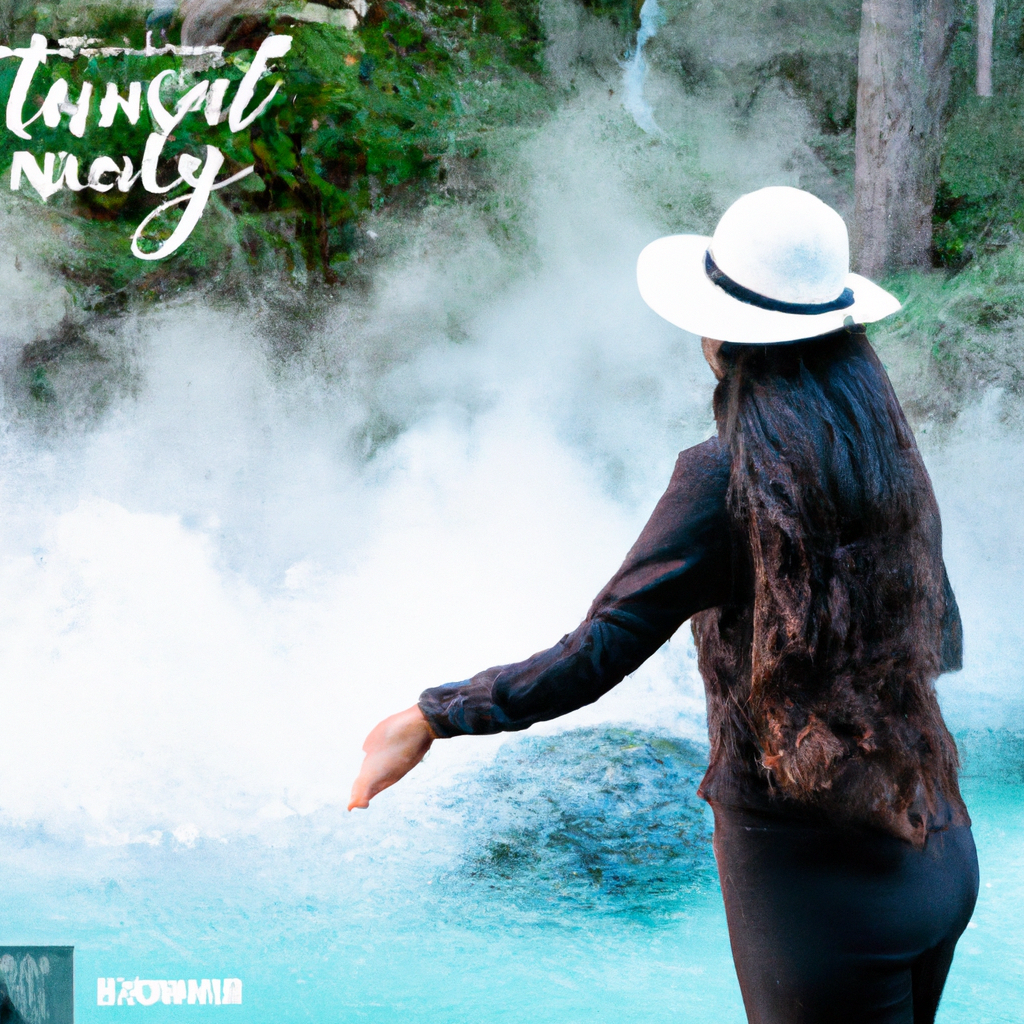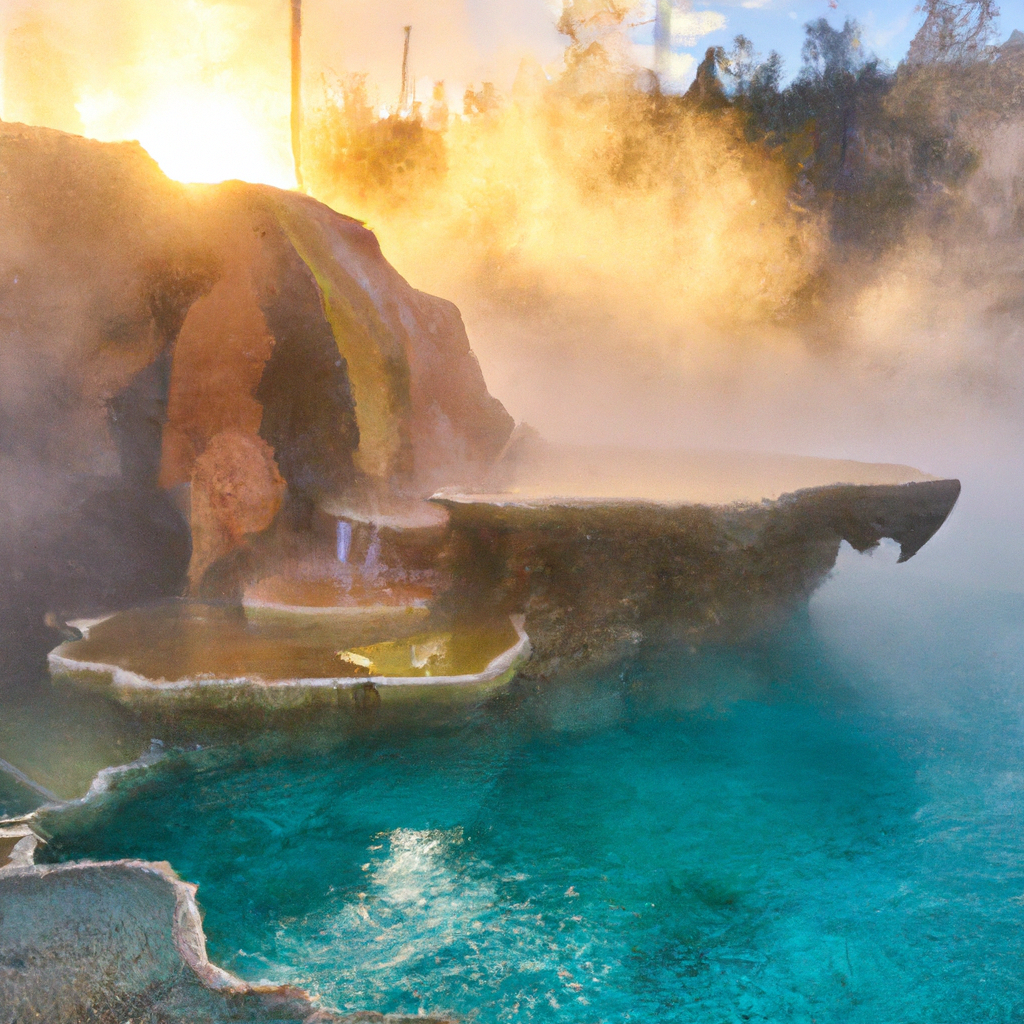Imagine soaking in a natural hot spring, the warm water embracing your body, as you feel your stress and tension melt away. But do hot springs really have therapeutic benefits, or is it just a myth? In this article, we will delve into the world of hot springs and explore the truth behind their alleged healing properties. From soothing sore muscles to promoting relaxation, join us as we separate fact from fiction and uncover the true therapeutic benefits of hot springs.
0/therapeutic-benefits-of-hot-springs-separating-myth-from-fact.png" title="Therapeutic Benefits Of Hot Springs: Separating Myth From Fact" alt="Therapeutic Benefits Of Hot Springs: Separating Myth From Fact" style="max-height: 500px; max-width: 100%;" />
I. Introduction
Welcome to the comprehensive guide on the therapeutic benefits of hot springs! In this article, we will delve into the historical perspective, the understanding of hot springs, the popular beliefs and myths surrounding them, and the scientific evidence supporting their medicinal properties. We will also explore the numerous physical, mental, and respiratory health benefits hot springs offer. Additionally, we will discuss the healing properties of geothermal minerals found in hot springs. So, let’s dive in and separate myth from fact!
II. Historical Perspective
A. Hot springs throughout history
Hot springs have been revered and utilized for their healing properties throughout history. In ancient civilizations such as the Roman Empire, Greece, and Egypt, hot springs were cherished for their therapeutic qualities. People would flock to these natural hot water sources to unwind, relax, and enjoy the rejuvenating benefits. Even Native American tribes in North America recognized the healing powers of hot springs and used them in their traditional remedies.
B. Cultural significance
Hot springs also hold significant cultural value in various societies. In Japan, hot spring bathing, known as “onsen,” is deeply ingrained in the culture and is considered a form of spiritual purification and relaxation. Similarly, Icelandic culture places great importance on hot springs, known as “geysers,” which are not only used for relaxation but are also believed to have mystical qualities.
III. Understanding Hot Springs
A. Definition and characteristics
Hot springs are natural water sources that emerge from the ground at higher temperatures than the surrounding environment. These geothermal features are characterized by the presence of heated water rich in minerals. The temperature of hot springs can range from warm to scalding hot, depending on various factors such as the depth of the source and the geothermal activity in the area.
B. Formation of hot springs
Hot springs are formed when water seeps below the Earth’s surface and encounters heated rocks. The heat from these rocks warms the water, which then rises back to the surface, creating a hot spring. Geothermal activity, such as volcanic activity or tectonic movement, plays a vital role in the formation and maintenance of hot springs.
C. Composition of hot spring water
Hot spring water contains a diverse range of minerals that it has acquired during its journey through the Earth’s crust. The composition of hot spring water varies depending on the geological characteristics of the surrounding area. Some common minerals found in hot spring water include sulfur, calcium, magnesium, iron, and silica. These minerals contribute to the therapeutic properties of hot springs.
IV. Popular Beliefs and Myths
A. General beliefs about hot springs
Hot springs have long been associated with a wide array of health benefits, including pain relief, improved circulation, and overall well-being. People have believed in the healing powers of hot springs for centuries, leading to the widespread popularity of hot springs as desired destinations for relaxation and rejuvenation.
B. Misconceptions about therapeutic benefits
While hot springs do offer many health benefits, there are also myths and misconceptions surrounding their therapeutic effects. Some people believe that hot springs can cure serious medical conditions or replace medical treatments. It is essential to separate fact from fiction and recognize that hot springs are not a substitute for professional medical advice and treatments.

V. Scientific Evidence
A. Research studies on hot springs
Numerous research studies have been conducted to explore the therapeutic benefits of hot springs. These studies have provided valuable insights into the positive effects of hot spring bathing on various health conditions. Researchers have examined aspects such as pain reduction, skin health, and mental well-being to understand the scientific basis behind the healing properties of hot springs.
B. Recognized medicinal properties
Scientific evidence supports several recognized medicinal properties of hot springs. The warm temperature of the water can help relax and soothe muscles, providing relief from muscle and joint pain. The mineral-rich composition of hot spring water can nourish the skin, making it beneficial for various skin conditions. Furthermore, hot springs have been found to enhance blood circulation and boost the immune system, improving overall health and well-being.
VI. Physical Health Benefits
A. Relieving muscle and joint pain
One of the significant physical health benefits of hot springs is the relief they offer for muscle and joint pain. The warm water helps to relax tense muscles, reduces inflammation, and increases blood flow to the affected areas. This can alleviate pain from conditions such as arthritis, fibromyalgia, and muscle strains.
B. Promoting blood circulation
Hot spring bathing stimulates blood circulation due to the warm water’s dilating effect on blood vessels. Improved circulation aids in delivering oxygen and nutrients throughout the body and removing waste products, contributing to healthier organs, tissues, and overall cardiovascular health.
C. Treating skin conditions
The mineral content in hot spring water, particularly sulfur and silica, can have a positive impact on various skin conditions. Sulfur helps to cleanse and exfoliate the skin, making it beneficial for acne, psoriasis, and eczema. Silica helps to improve skin elasticity and hydration, reducing the signs of aging.
D. Boosting the immune system
Hot springs can strengthen the body’s immune system by increasing the production of white blood cells, which play a vital role in defending against infections and diseases. Additionally, the thermal stimulation from hot spring bathing can enhance the body’s overall defense mechanisms, promoting a robust and healthy immune response.
VII. Mental Health Benefits
A. Reducing stress and anxiety
Hot springs offer a serene and tranquil environment that promotes relaxation, reducing stress and anxiety levels. The warm water, combined with the soothing sounds of nature, creates a blissful atmosphere that can alleviate feelings of tension and promote mental well-being.
B. Inducing relaxation and better sleep
Immersing yourself in a hot spring can trigger the body’s relaxation response, leading to a state of calmness and improved sleep. The warm water and the release of tension in the muscles can enhance sleep quality, allowing you to wake up feeling refreshed and rejuvenated.
C. Improving mood and overall well-being
The combination of the therapeutic effects of hot springs, being surrounded by nature, and the release of endorphins during hot spring bathing can uplift mood and enhance overall well-being. Hot spring experiences often leave individuals feeling rejuvenated, with a positive outlook on life.
VIII. Respiratory Health Benefits
A. Clearing nasal and sinus congestion
Hot spring steam can help clear nasal and sinus congestion by moisturizing and reducing inflammation in the respiratory passages. Breathing in the warm, moist air can alleviate symptoms of conditions such as allergies, sinusitis, and common colds.
B. Alleviating asthma symptoms
Some individuals with asthma find relief in hot spring environments. The warm, humid air can help soothe and relax airways, reducing the frequency and severity of asthma symptoms. It is important to consult with a healthcare professional before considering hot spring therapy for asthma.
IX. Healing Properties of Geothermal Minerals
A. Sulphur
Sulphur, commonly found in hot springs, has antimicrobial properties and can help treat various skin conditions, including acne, eczema, and psoriasis. It also aids in collagen synthesis, promoting healthy and youthful-looking skin.
B. Calcium
Calcium, present in hot spring water, is essential for maintaining strong bones and teeth. It also contributes to the body’s muscle function, nerve transmission, and blood clotting mechanisms.
C. Magnesium
Magnesium is known for its relaxation and stress-reducing properties. It helps regulate muscle and nerve function, promotes healthy sleep, and contributes to overall well-being.
D. Iron
Iron is necessary for the production of red blood cells, which carry oxygen throughout the body. Hot springs containing iron can contribute to the body’s iron levels, combating anemia and improving energy levels.
E. Silica
Silica is beneficial for maintaining healthy skin, hair, and nails. It helps improve skin elasticity, hydration, and the formation of collagen, promoting a youthful appearance.
XI. Summary and Conclusion
In conclusion, hot springs have a rich history and cultural significance, offering numerous therapeutic benefits for physical, mental, and respiratory health. The scientific evidence supports the positive effects of hot springs on various conditions, including muscle and joint pain, skin conditions, stress, and sleep. The healing properties of geothermal minerals found in hot springs further enhance the overall well-being of individuals. However, it is important to approach hot springs as complementary treatments and not as substitutes for professional medical advice. So, the next time you immerse yourself in the soothing waters of a hot spring, you can enjoy the rejuvenating experience with the knowledge of the genuine benefits it provides for your health and well-being.
